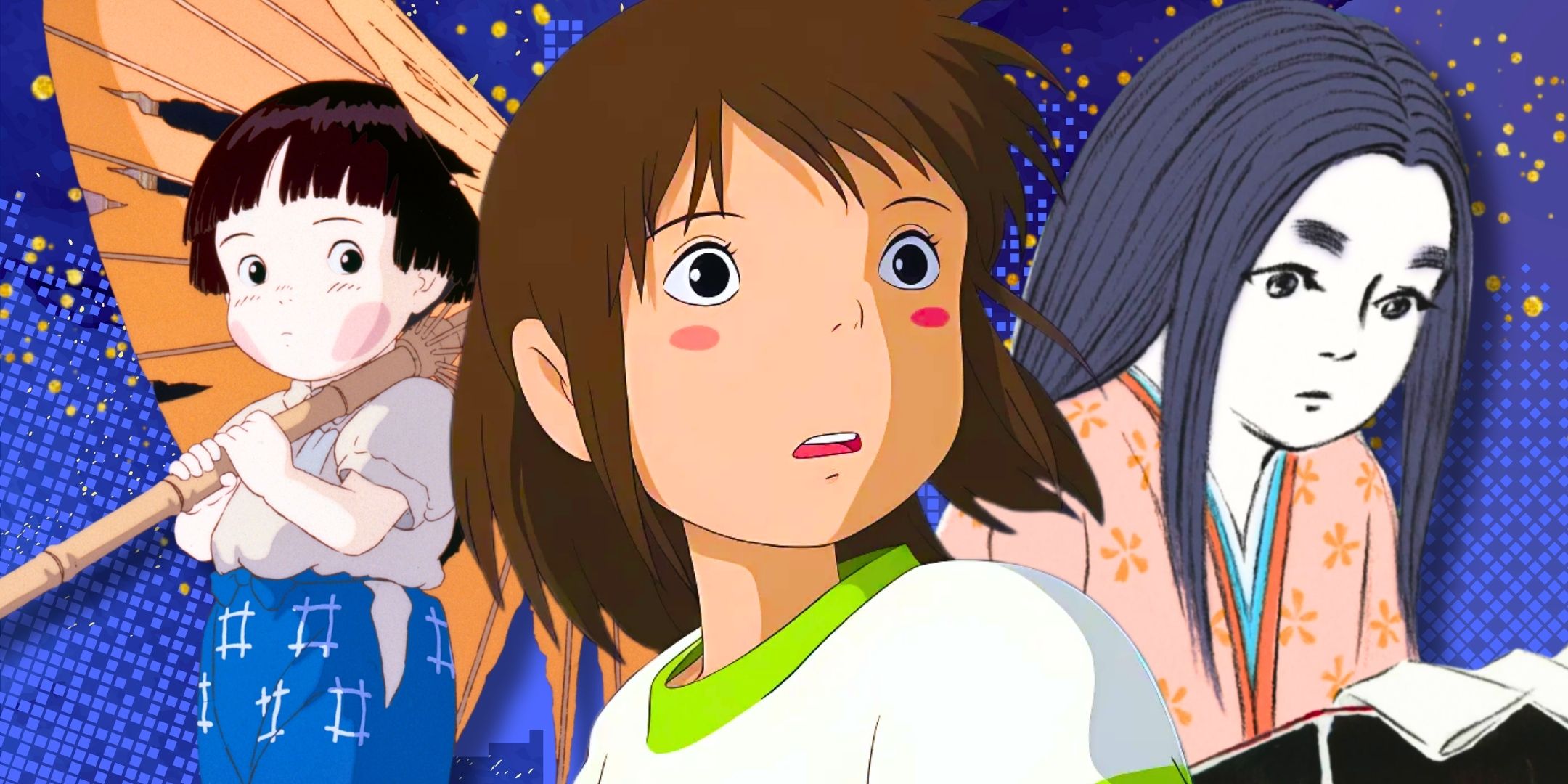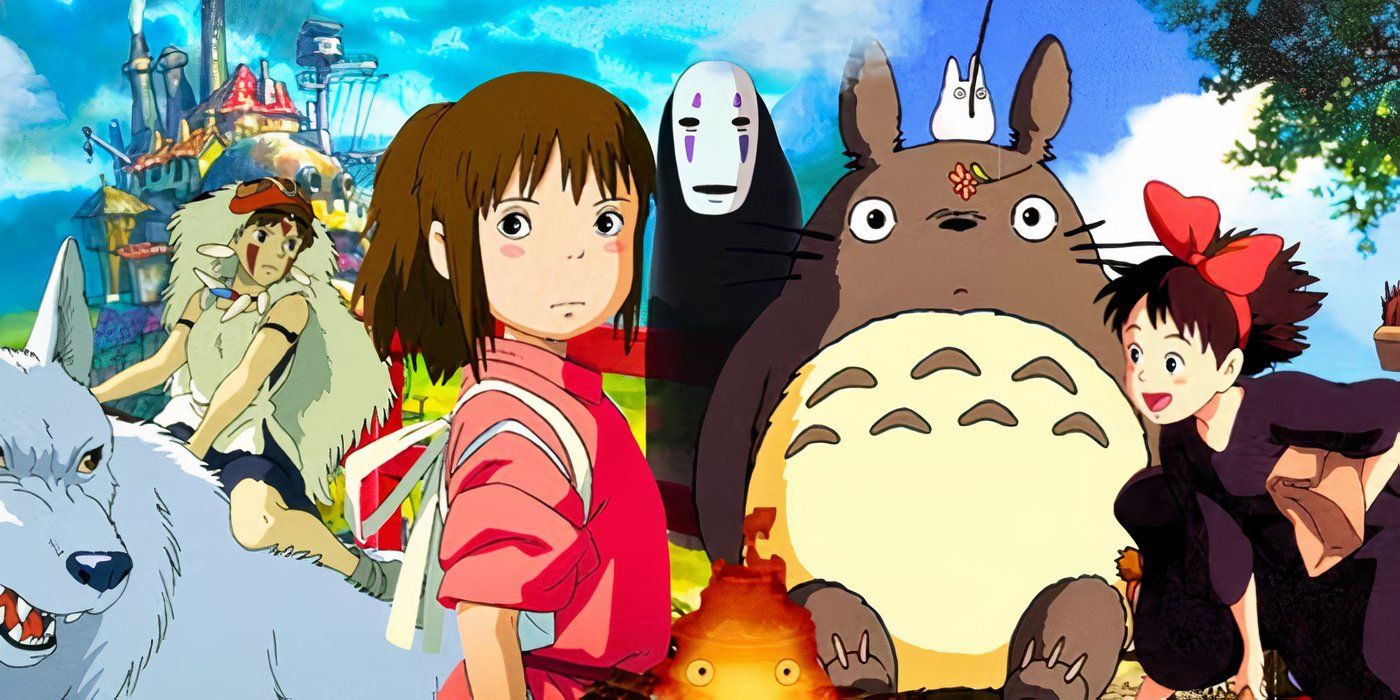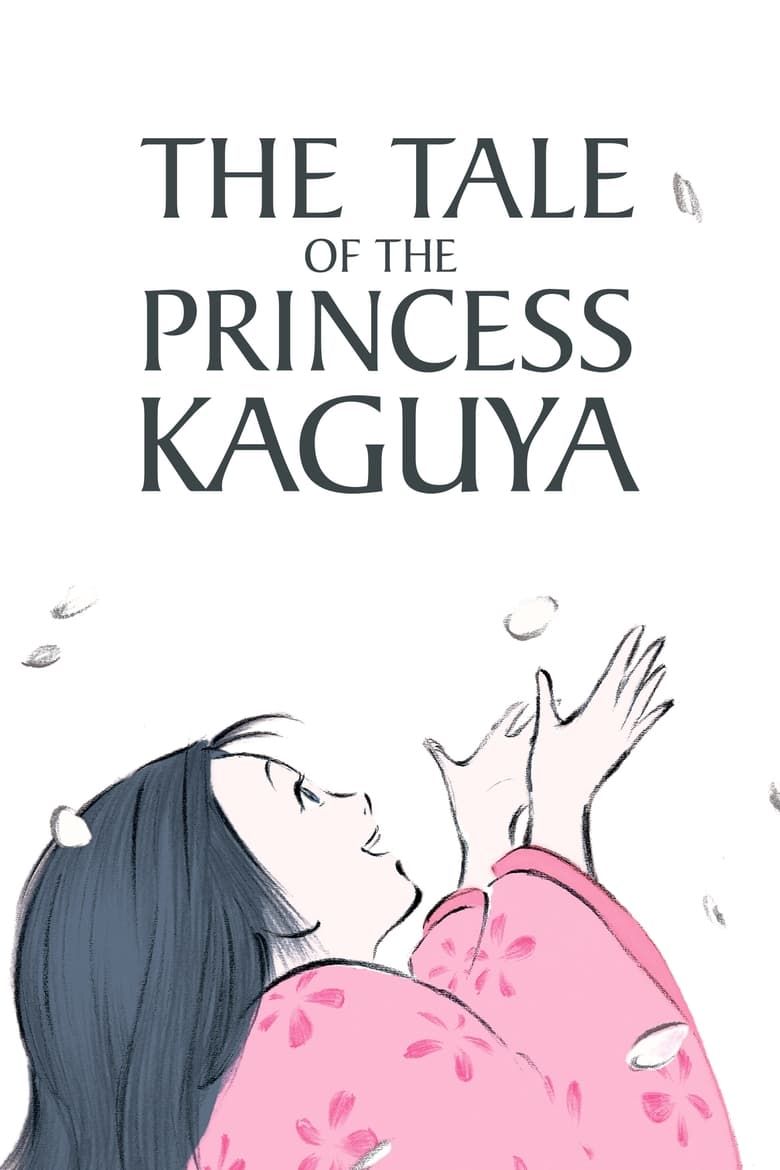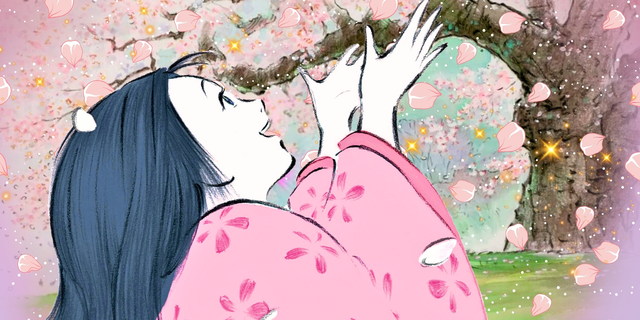Studio Ghibli isn’t any stranger to important acclaim, field workplace triumphs, and timeless artistry. With legendary titles like Spirited Away, My Neighbor Totoro, and Howl’s Shifting Fort, the studio has turn out to be synonymous with the head of animated storytelling. But inside its wealthy catalog lies a quieter masterpiece with The Tale of the Princess Kaguya. This hand-drawn marvel, directed by Ghibli co-founder Isao Takahata, is commonly forgotten in favor of flashier, extra commercially profitable movies. However behind its swish aesthetic and folklore roots lies the astounding proven fact that it’s probably the costliest anime film ever made.
That record-setting funds, estimated at round $50 million, stands in stark distinction to the movie’s modest field workplace returns. In contrast to Miyazaki’s sweeping epics that command consideration and fill theaters, The Story of the Princess Kaguya was a quiet, contemplative swan music. And although it didn’t flip a revenue, its creative worth, historic significance, and emotional energy make it a standout achievement in animation. From its painstaking manufacturing course of to its sudden monetary footprint, The Story of the Princess Kaguya is an underrated gem that deserves way more consideration than it has obtained.
A Legendary Price range for a Legendary Story Tailored by Ghibli
Why Kaguya’s Beautiful Animation Got here at Such a Excessive Price
When Studio Ghibli greenlit The Story of the Princess Kaguya, they weren’t simply investing in a movie, they had been investing in a legacy. The challenge was a deeply private endeavor for Isao Takahata, who returned to directing after a 14-year hiatus. He took on the beloved Tenth-century Japanese folktale The Story of the Bamboo Cutter, one of many oldest tales in Japanese literature, with the intent of capturing its essence in a completely recent approach. That ambition got here at a steep value, fairly actually.

Associated
Studio Ghibli’s 10 Top Anime Prove Fans Keep Getting 1 Big Thing Wrong About Its Movies
There’s one frequent false impression about Studio Ghibli’s films and it utterly adjustments what most individuals consider the corporate.
With its $50 million price ticket, The Story of the Princess Kaguya seemingly holds the report for the costliest anime manufacturing ever. To place that in perspective, even Your Title, one of many highest-grossing anime movies of all time, value lower than half that to make. Takahata’s meticulous strategy to the movie’s hand-drawn aesthetic, designed to imitate conventional Japanese ink wash portray, required immense time and labor. Animators typically redrew whole sequences to seize the spontaneity of brush strokes, making a unfastened, sketch-like visible fashion that broke from standard anime norms.
Sadly, that creative danger didn’t translate into industrial success. Upon its launch in 2013, the movie introduced in solely about $24 million domestically and fewer than $30 million globally. For a Studio Ghibli characteristic, particularly one with a funds this dimension, it was a field workplace disappointment. However the monetary loss solely tells a part of the story. From a inventive standpoint, The Story of the Princess Kaguya stays one of many studio’s most visually daring and emotionally deep movies.
Isao Takahata’s Last Bow with The Story of the Princess Kaguya
The Quiet Genius Behind Ghibli’s Different Masterpiece
What makes The Story of the Princess Kaguya particularly poignant is that it served as the final film of Isao Takahata, considered one of Ghibli’s two founding pillars. Whereas Hayao Miyazaki typically stood within the highlight, Takahata’s contributions had been no much less profound. From the devastating realism of Grave of the Fireflies to the whimsical nostalgia of Solely Yesterday, his work persistently explored the complexities of human emotion by grounded, considerate storytelling.
Takahata poured a lifetime of expertise into The Story of the Princess Kaguya. The movie is a masterclass in restraint and introspection, meditating on themes of freedom, societal expectation, and the ephemeral nature of pleasure. It strikes slowly, intentionally, providing moments of quiet magnificence slightly than adrenaline or spectacle. In some ways, it mirrors Takahata’s personal creative journey as it’s delicate, philosophical, and fiercely uncompromising.
Launched within the shadow of Miyazaki’s The Wind Rises, which got here out the identical yr, The Story of the Princess Kaguya struggled to achieve momentum.
That the movie failed to attain widespread industrial success solely deepens the tragedy of its legacy. Launched within the shadow of Miyazaki’s The Wind Rises, which got here out the identical yr, The Story of the Princess Kaguya struggled to achieve momentum. And whereas The Wind Rises was heralded as Miyazaki’s “final” film at the time, Takahata’s swan music obtained comparatively muted consideration, particularly exterior of Japan. On condition that it will turn out to be his final work earlier than his dying in 2018, the business’s tepid response appears like a missed alternative to completely rejoice considered one of anime’s best visionaries.
But on reflection, The Story of the Princess Kaguya appears like the right last assertion from a director like Takahata. It’s meditative and melancholic, talking not simply to the guts of a centuries-old folktale, however to the soul of a person who devoted his life to capturing fleeting human truths by animation.
The Ghibli Masterpiece That Time May Lastly Acknowledge
The Story of the Princess Kaguya is Underrated, Unforgettable, and Slowly Gaining the Love It Deserves
Regardless of its underwhelming field workplace efficiency, The Tale of the Princess Kaguya has slowly earned the recognition it deserves. It obtained a 2015 Academy Award nomination for Greatest Animated Function, competing in opposition to Hollywood heavyweights like Huge Hero 6 and Find out how to Prepare Your Dragon 2. Though it didn’t win, its inclusion alone signaled a stage of important respect that has solely grown over time.
A lot of the movie’s endurance comes from its timeless artwork fashion. In an age when animation is commonly dominated by digital polish and hyperreal visuals, The Story of the Princess Kaguya stands aside with its tough, watercolor-like animation. Scenes like Kaguya’s determined escape by the woods, rendered in a whirlwind of frantic brushstrokes and uncooked emotion, really feel extra like transferring work than conventional anime. It’s a uncommon instance of animation getting used not simply to depict a narrative, however to amplify the emotional state of its characters by the medium itself.

Associated
Every Studio Ghibli Film, Ranked From Worst To Best
Studio Ghibli and Hayao Miyazaki have made a few of the greatest animated movies of all time, however a few of their anime films are higher than others.
Moreover, the movie’s themes are universally relatable. Kaguya’s battle between earthly want and cosmic destiny touches on the core battle between freedom and obligation, between what folks need and what society expects. It’s a message that transcends time and tradition, and one which feels particularly poignant in our fashionable age of burnout, efficiency, and stress to evolve.
Within the years since its launch, The Story of the Princess Kaguya has developed a small however passionate fanbase. Its magnificence and depth proceed to draw viewers who uncover it on streaming platforms or by phrase of mouth. Although it could by no means attain the cultural saturation of My Neighbor Totoro or Spirited Away, its affect is quietly rising, and deservedly so.

The Tale of the Princess Kaguya
- Launch Date
-
November 23, 2013
- Runtime
-
137 minutes
- Director
-
Isao Takahata
-

Takeo Chii
The Bamboo Cutter (voice)
-

Aki Asakura
The Princess Kaguya (voice)

